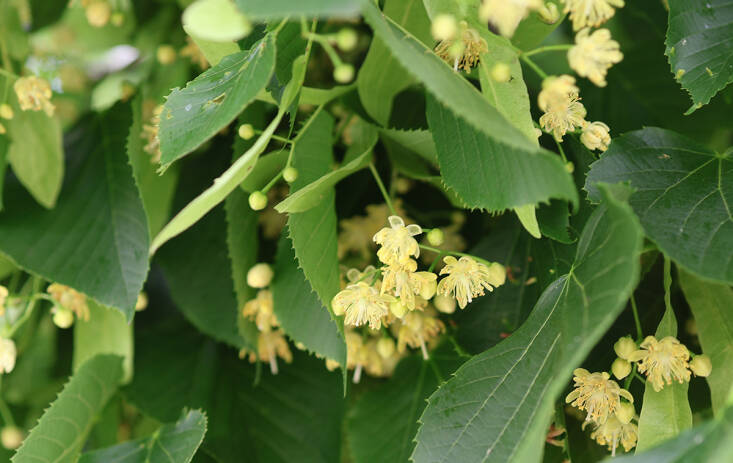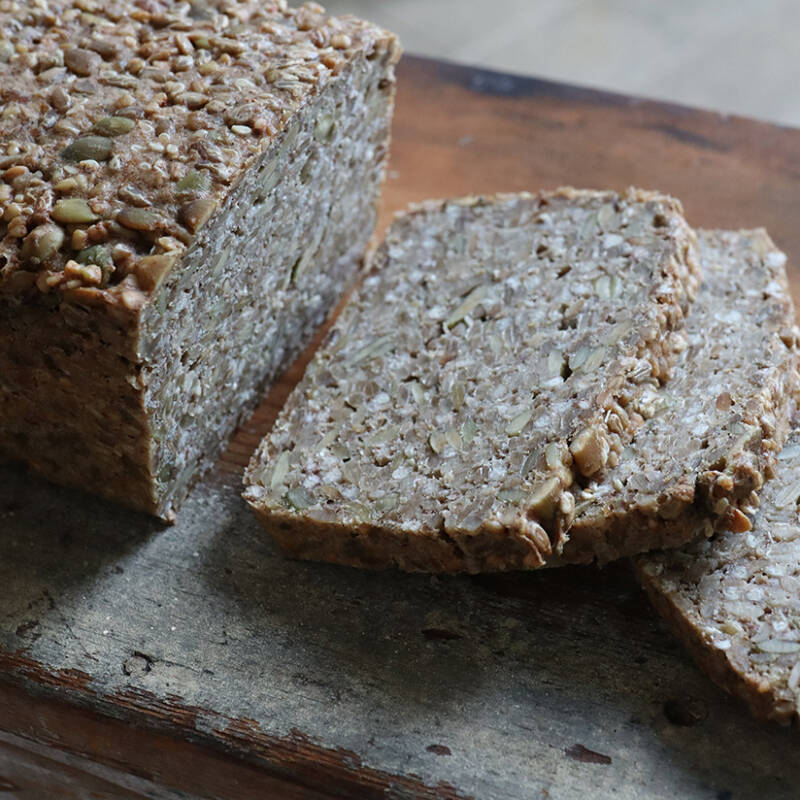When the linden trees bloom, in scented New York City, it is time to make linden flower tea. Up, down, across the country (and across the temperate Northern Hemisphere), species of Tilia begin to flower in early and mid summer. Clustered and pale, their petals like ivory wax, the flowers are ready to be gathered and dried for linden tea when they are open and heavily scented. Known commonly as basswood in North America, and lime in the United Kingdom, the trees’ diminutive blossoms have long been deployed as a traditional medicine to reduce anxiety and stress and to aid sleep.
Times are tough, and we need all the help we can get. Let’s gather.
Photography by Marie Viljoen.

Various Tilia species are native to North America, Asia, and Europe. It took me years to understand that the lime trees frequently referred to in English translations of Tolstoy’s novels were in fact lindens. (I never could understand how avenues of citrus trees could possibly withstand Russian winters.) In the US native species like American linden, or basswood (Tilia americana) are widely planted as street trees. According to the interactive NYC Tree Map, there are over 18,000 American basswood trees planted on streets across the city’s five boroughs. And Tilia cordata, littleleaf linden, a European tree? Over 38,000. Heavily leafy linden trees offer deep shade, and their heart-shape leaves are so thickly layered that in downpours the sidewalk beneath them will remain reliably dry in a steady downpour. And then in June, those flowers.



The signal to collect and preserve linden flowers for tea is their scent. If you can smell them, they are ready. If it’s raining, wait a day for them to dry and to regain some nectar that will have been washed away—it helps flavor the tea.
Linden flower math: Your flowers will dry to about a fourth of their original, fresh volume. One cup of fresh flowers will yield a quarter cup, dry. You need one tablespoonful for one cup of linden tea. So that’s 16 cups of tea from one cupful of dried flowers.

Collect linden flowers in paper or cloth bags, lunchboxes, or cardboard containers. Plastic makes the flowers sweat and they will spoil more quickly.




To dry linden flowers spread them out in single layer on a parchment-covered baking sheet, kitchen counter or clean table. Any surface will do as long as it is out of direct sunlight. It’s okay to include some green wings and stems, but if you want to maximize flavor cut the flowers free.
Turn the flowers at least once a day so that they dry evenly. This may take about a week (less if you your climate is very dry). When they feel paper-dry (and rustle when you handle them) they are ready to be packed into jars or sealed containers. Fill a jar and seal tightly with a lid. Stored out of direct light, dry linden blossoms make an aromatic tea as much a year later.




Linden Tea
The scent of linden tea conjures up the fresh flowers in bloom. On a purely olfactory level, it is a balm. I also use linden tea as a basis for hot toddies and even for baking, substituting the tea for water when I mix bread dough.
- 1 heaped Tablespoon dried linden flowers
- 1 cup boiling water
In a mug or heatproof glass pour the boiling water onto the linden flowers. Steep for 10 minutes, and then sip.
If you are using fresh flowers, use a quarter cup of flowers to 1 cup of boiling water.
See also:
- Tea Time: 8 Beginner-Friendly Medicinal Plants to Grow In Your Garden
- Tisanes: Easy Teas You Can Grow, with 7 Tips from Emily Erb of Leaves & Flowers
- Tea Time in the Coronavirus Age: What Immune-Boosting Teas Should You Be Drinking?










Have a Question or Comment About This Post?
Join the conversation